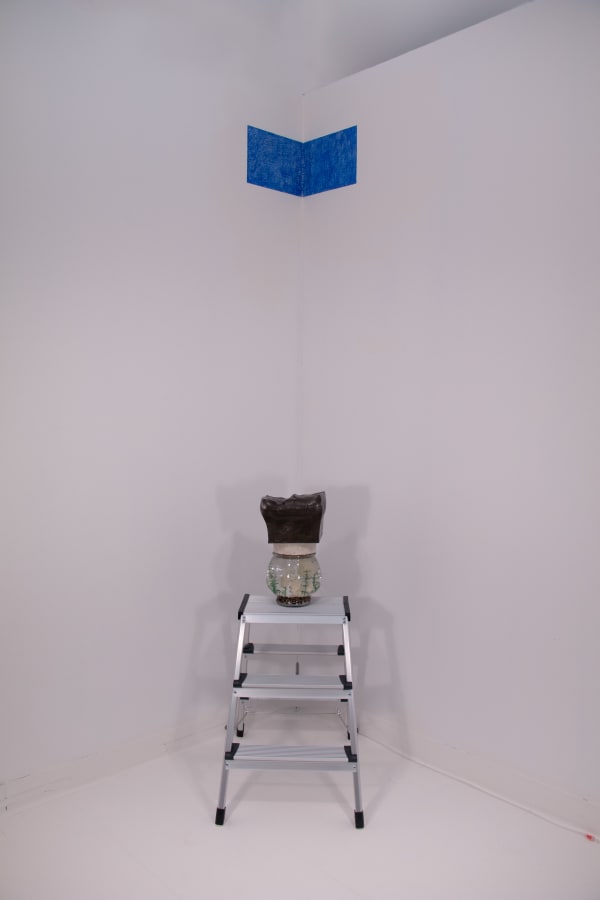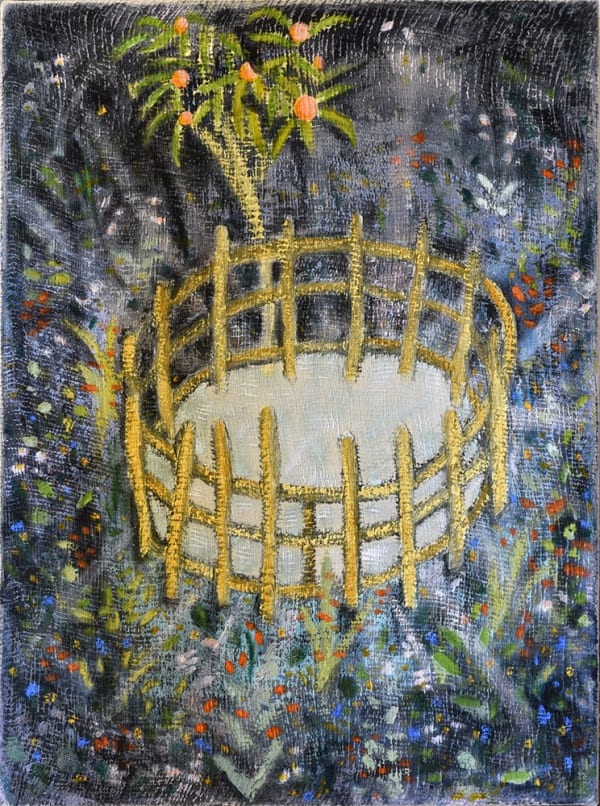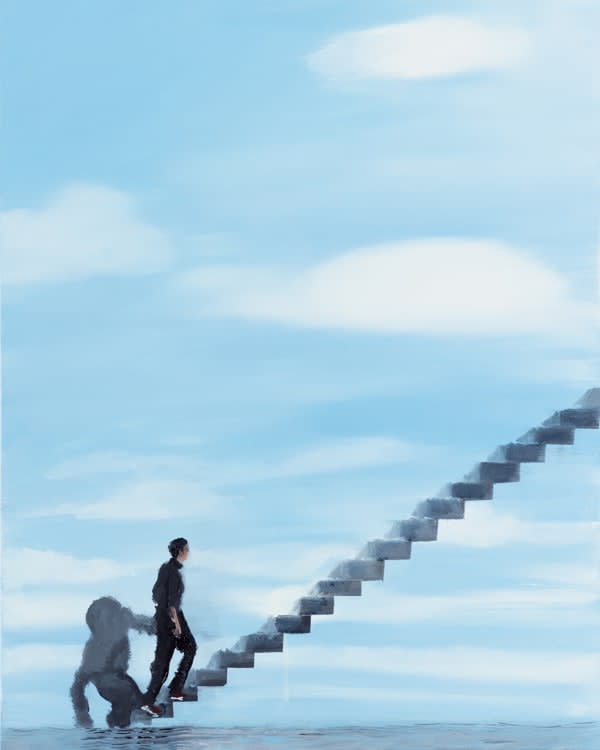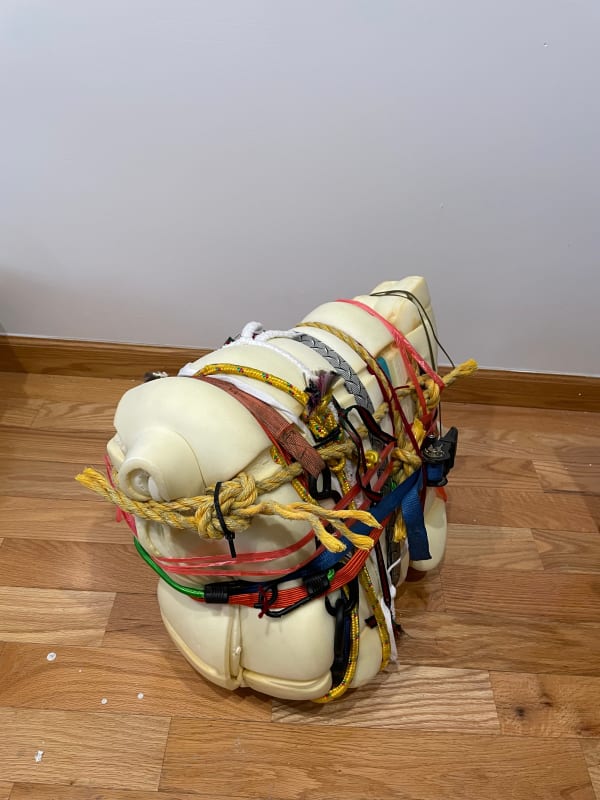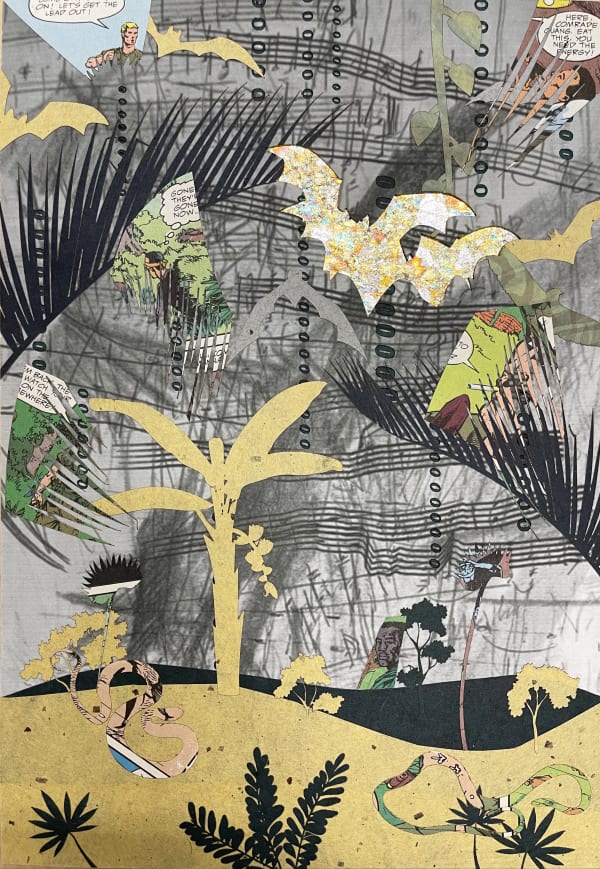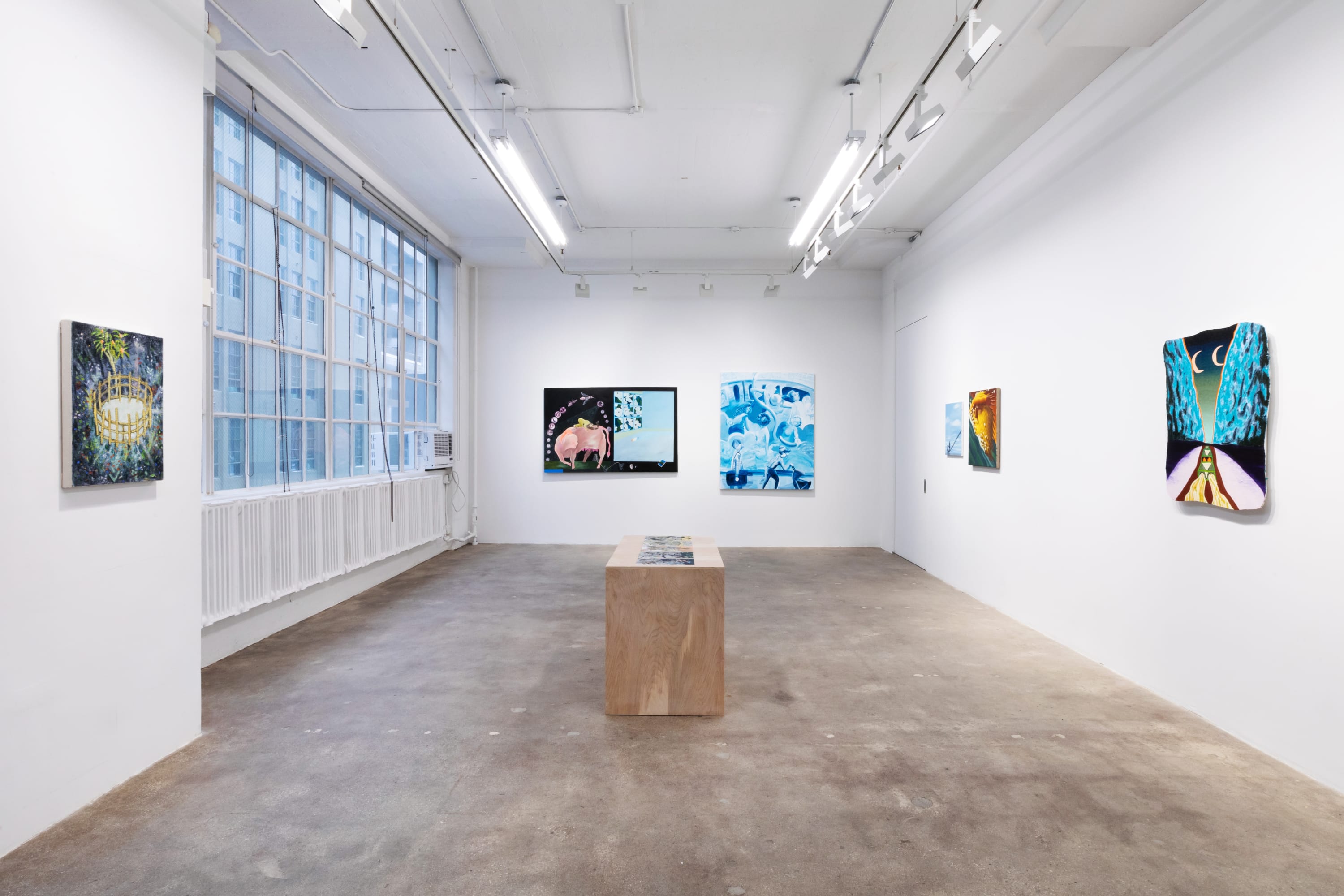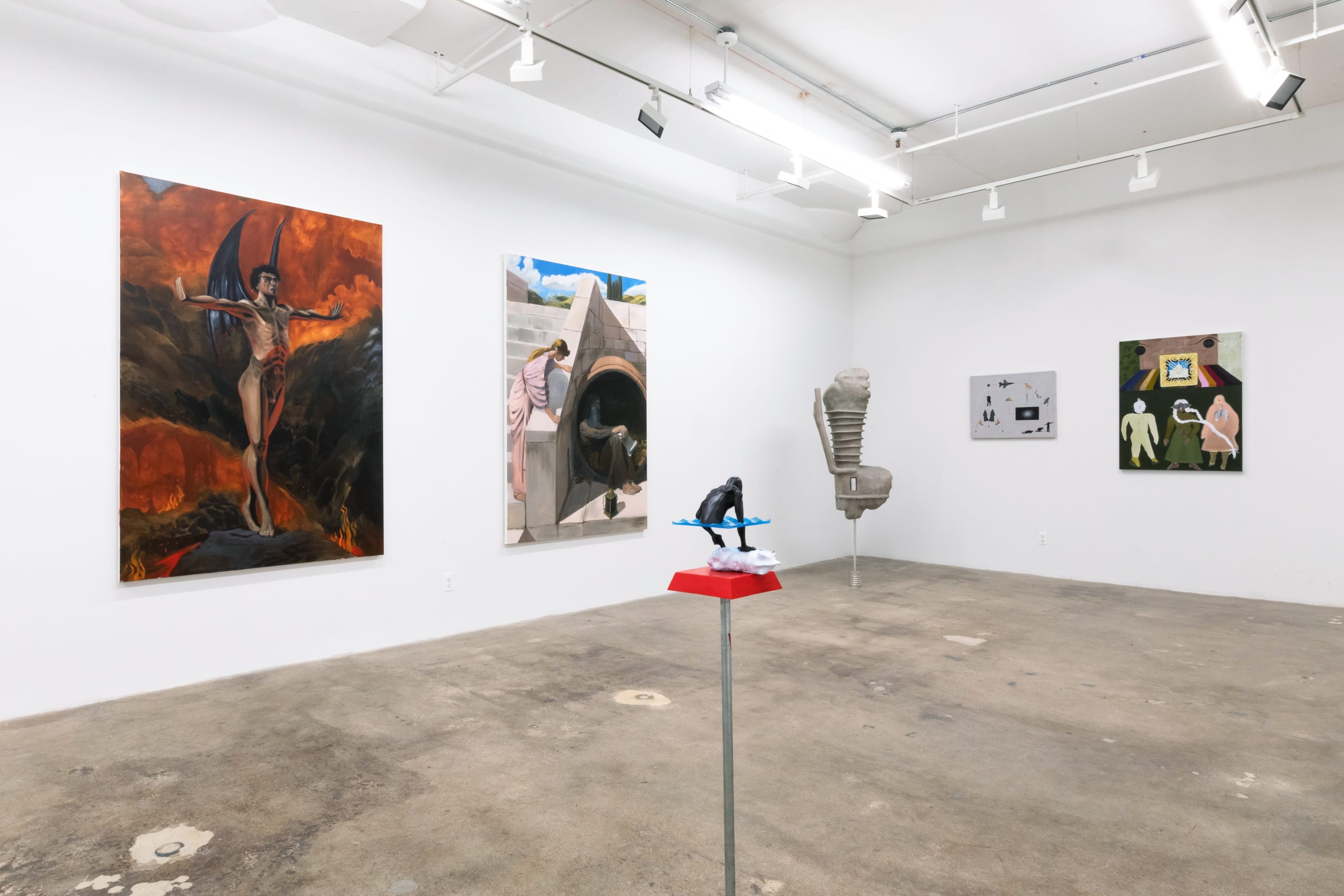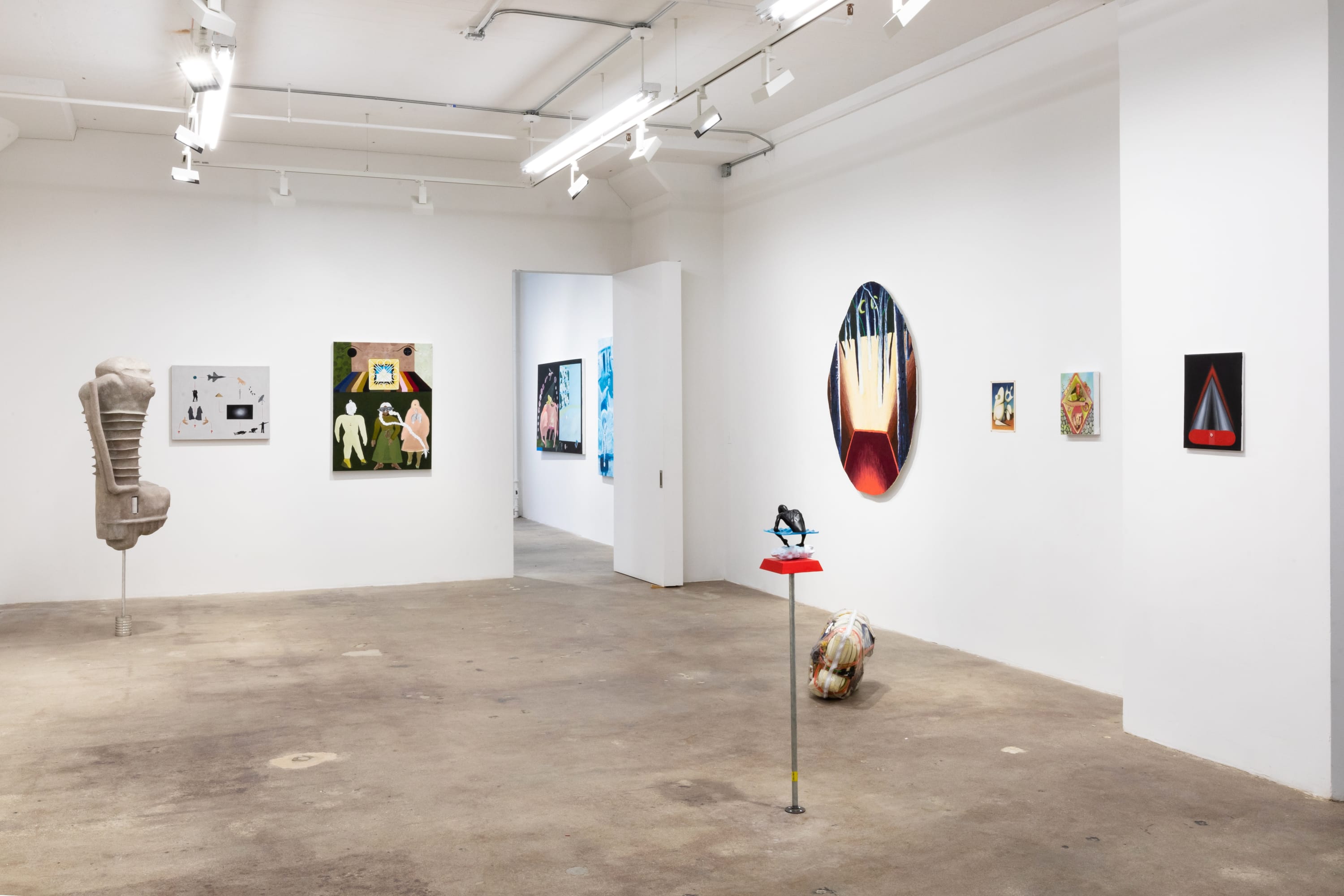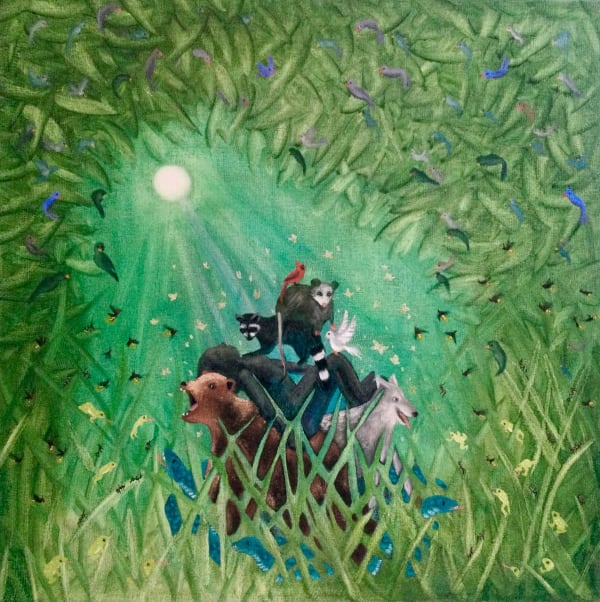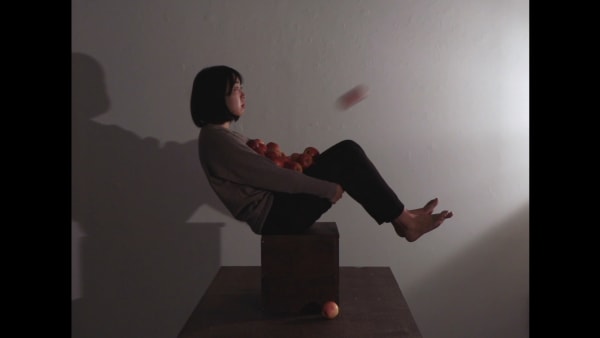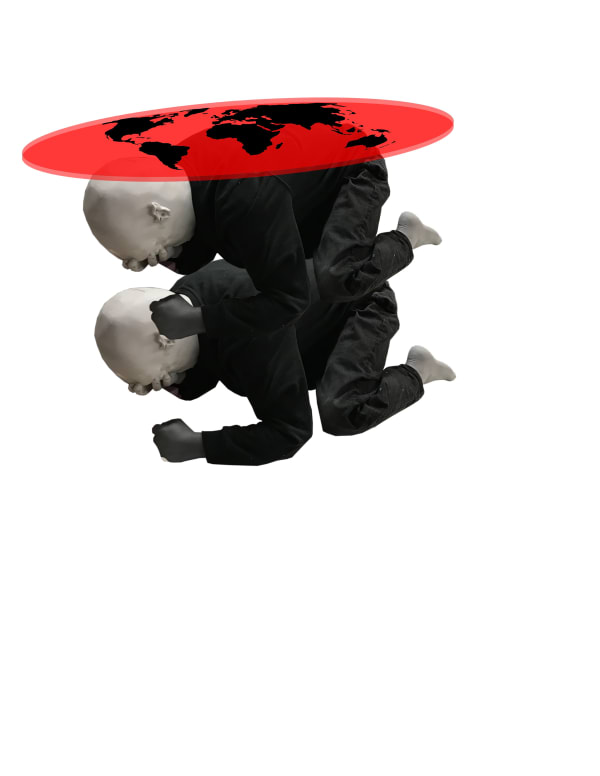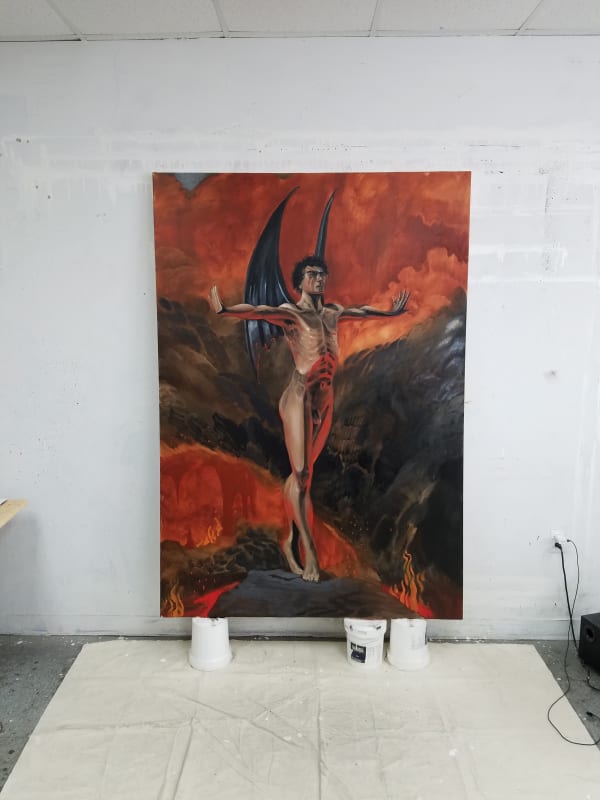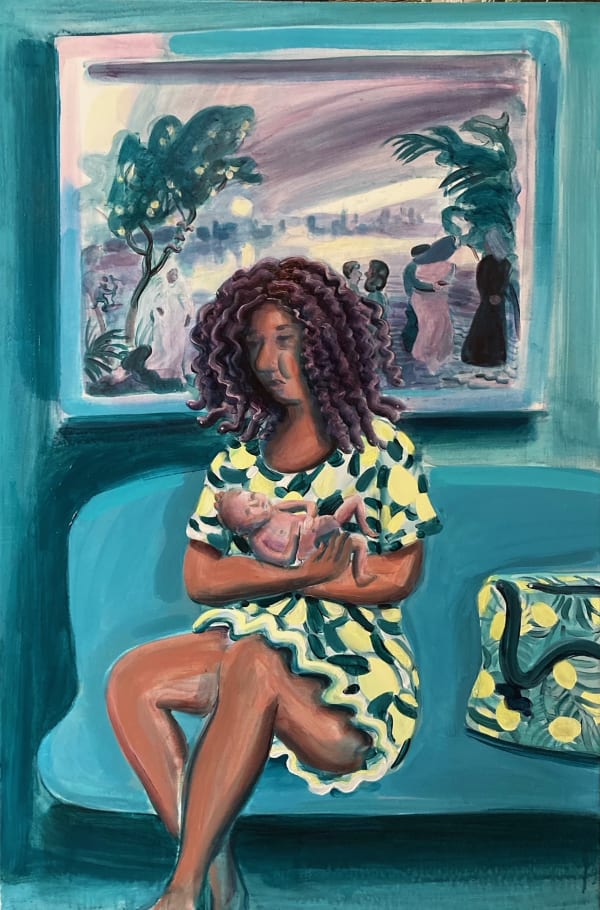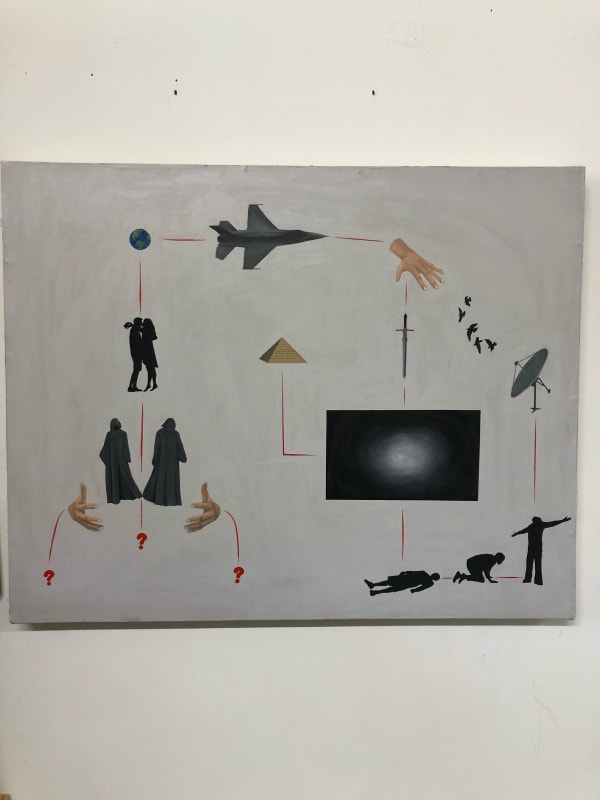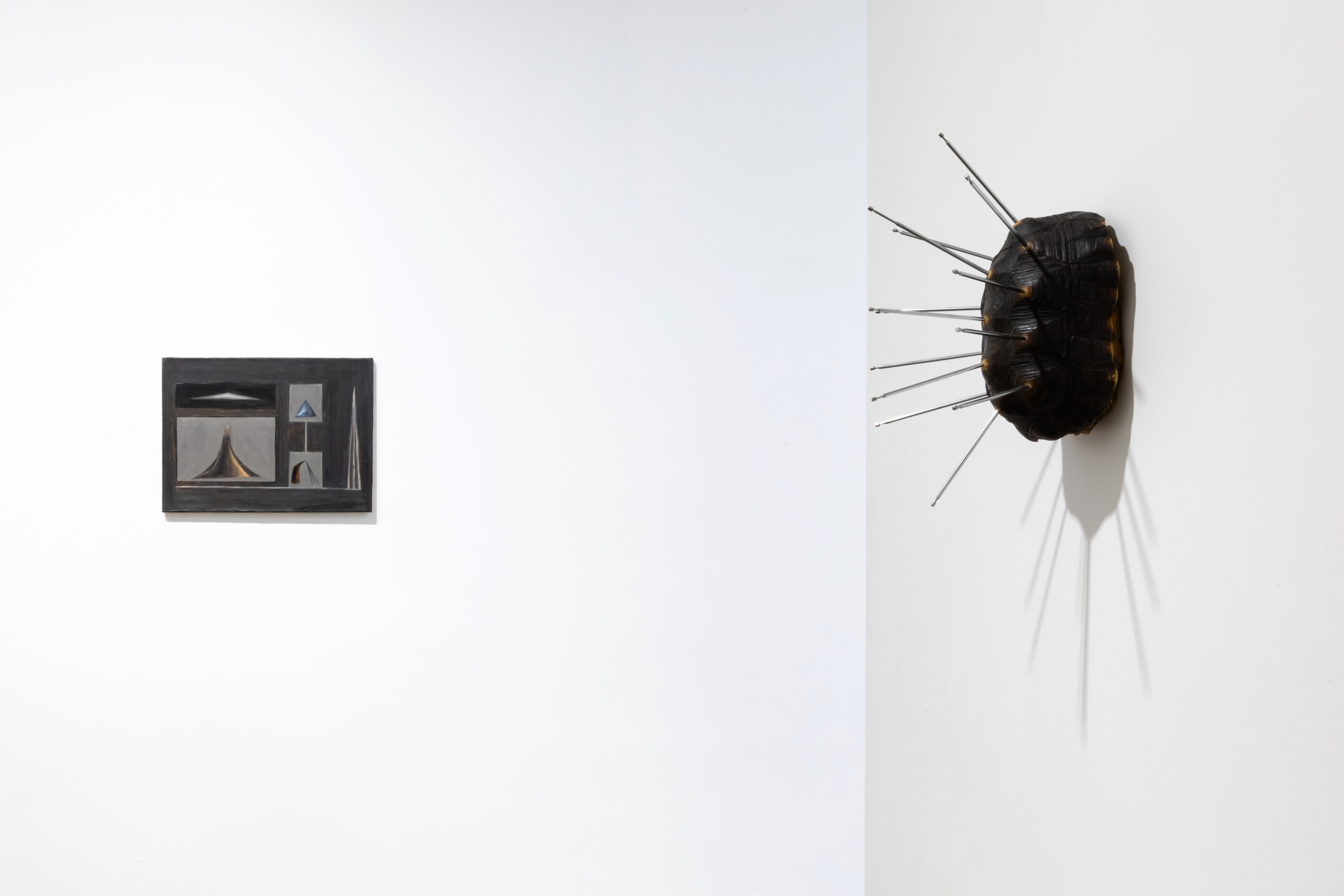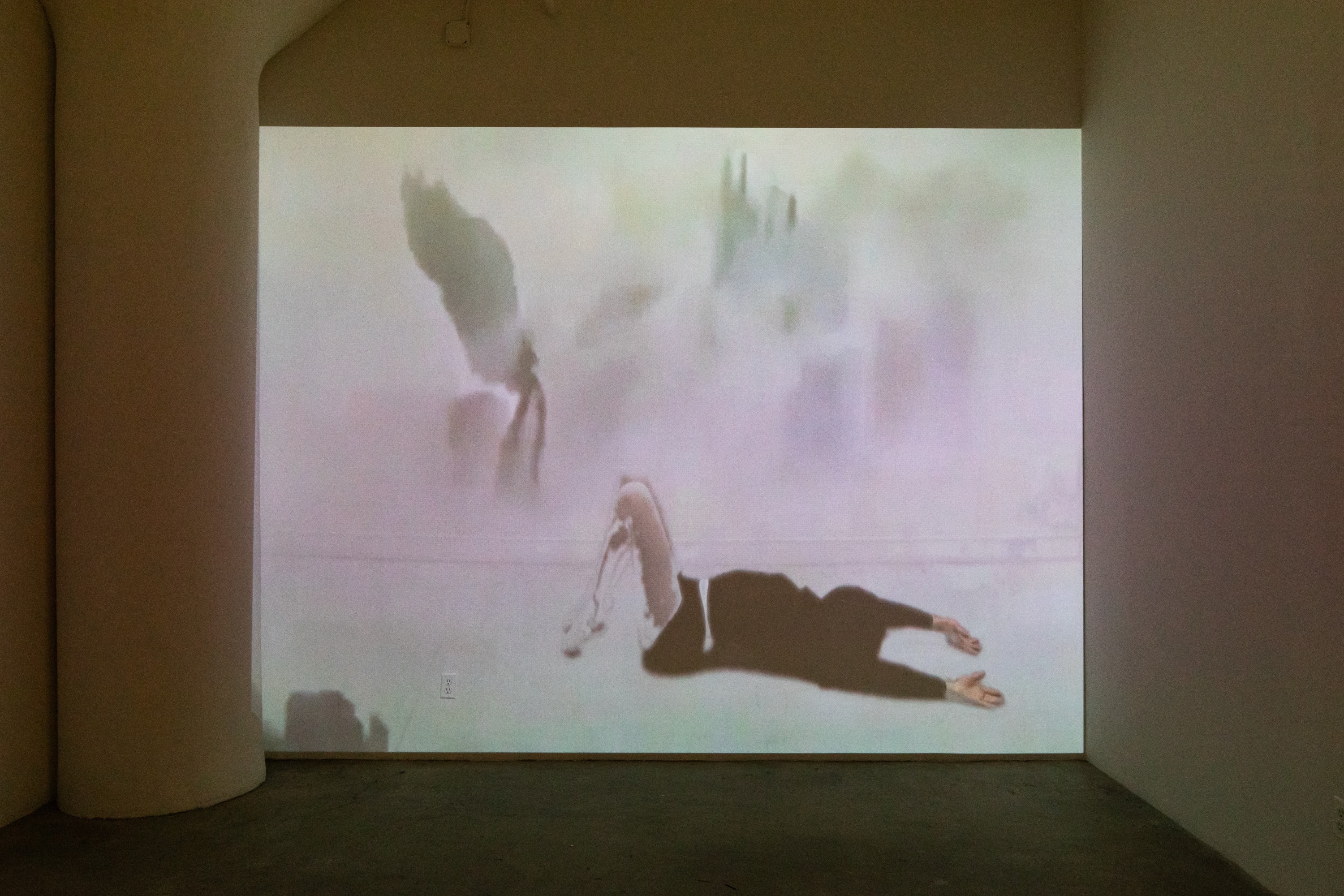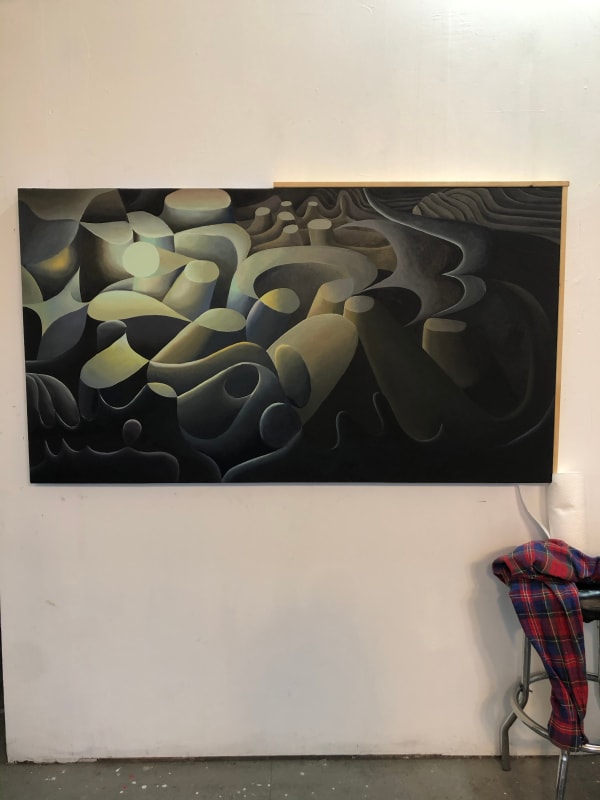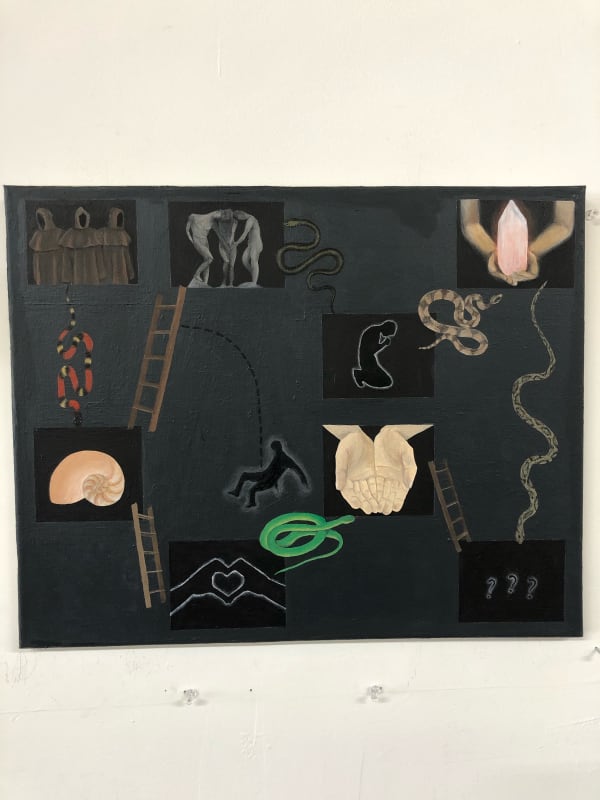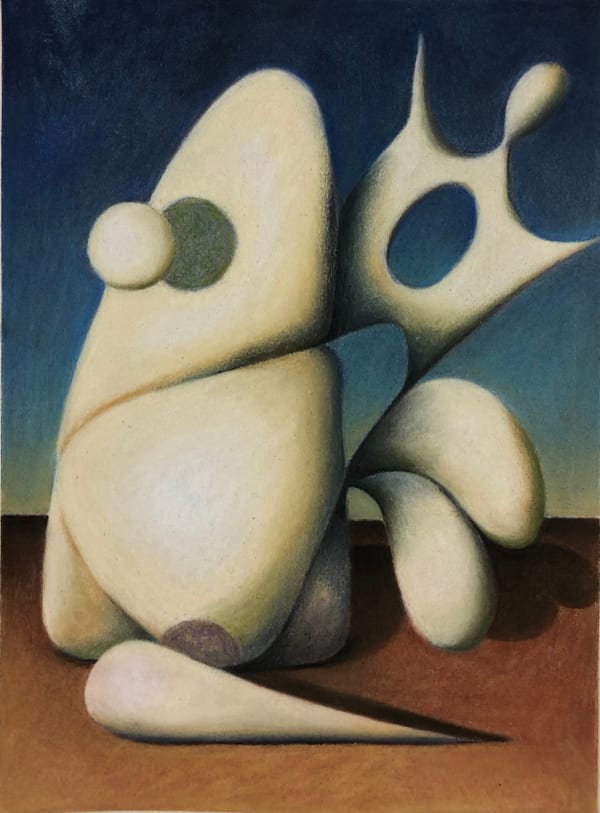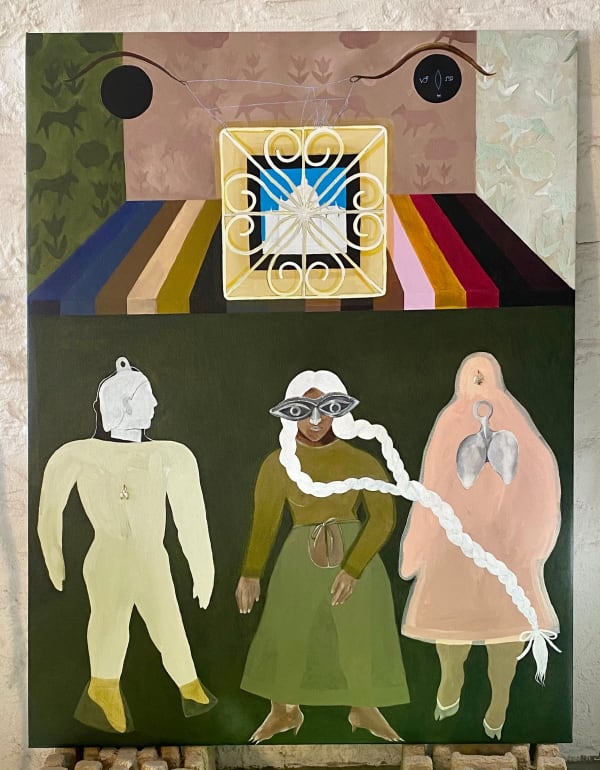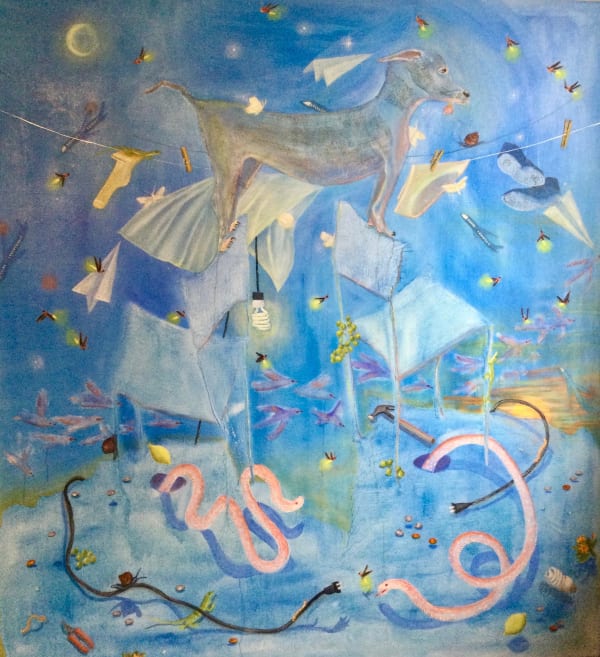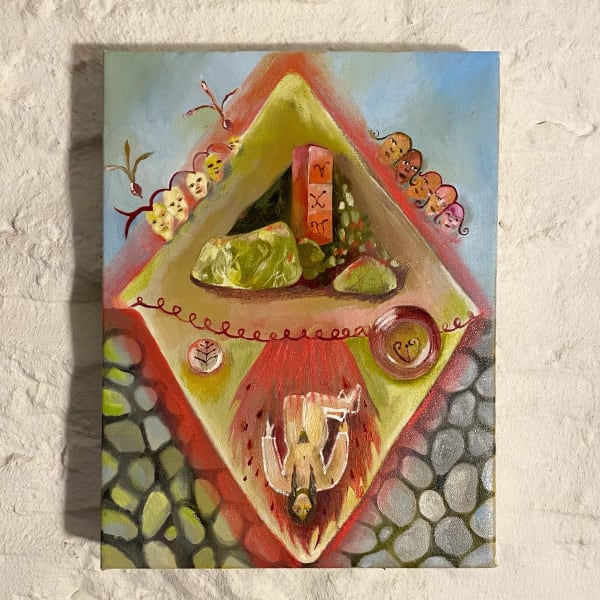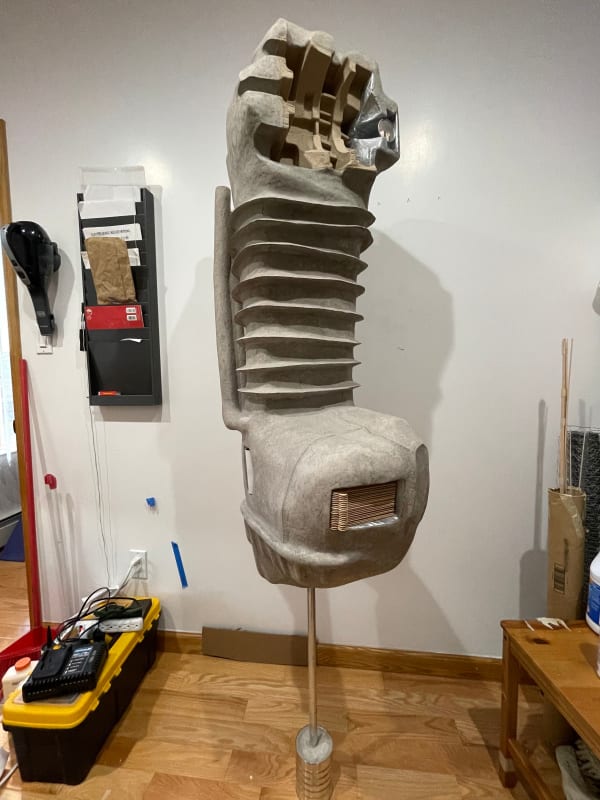-
Alicia Adamerovich, Joseph Buckley, Maho Donowaki, Hilary Doyle, Clark Filio, Caroline Garcia, Eliot Greenwald, Exene Karros, Nat Meade, Tammy Nguyen, Louis Osmosis, Georgica Pettus, Johanna Robinson, Sistership TV, Alicia Smith, and Astrid Terrazas
Visit Exhibition Page | Download Press Release | Download Checklist
-
-
THE SYMBOLISTS: LES FLEURS DU MAL
In the gory aftermath of the Third Republic and the 1871 Commune, the Symbolist movement of 19th-century France turned away from the scientific rationalism and Realist reportage of an industrializing age. These artists and poets, disillusioned with the banal repetition of art in their time—“copy in copy, simulation in simulation”—looked instead to the fantastical stuff of dreams, myth, and religion to reflect on the inexorable press of modernity. Symbolism originated in literature through Charles Baudelaire’s Les Fleurs de Mal, as well as the poetry of Stephane Mallarmé who famously wrote, “To name an object is to suppress three-quarters of the enjoyment to be found in the poem… suggestion, that is the dream.” The aesthetic was developed and expanded by artists from Gustave Moreau and Gustav Klimt to Frida Kahlo and Paul Gaugin. Esoteric in its subjectivity, the Symbolist goal was not to represent but to suggest an amorphous and affective mood, familiar but unfixed.
That past resonates with recognitions of the present—we look back into the mirrored glass of a similarly worrying reality, pinging with the delivery of new daily records and colored by the amber alerts of state curfews during protest. Challenging the escapist impulse with criticality and humor, the artists in this show are not dealing in pure abstraction, rather, finding ways to express injustice, trepidation, and hope for the future through new figures, contemporary or invented. Drawing on the symbolic material of popular culture, astrology, the internet, and beyond, this show responds to the expansion of virtual worlds which, as ever, run in tandem with reality.
-
-
However, Hilary Doyle’s The Innocents, Johanna Robinson’s Imagination is defined by what lies outside of it, and Astrid Terrazas’s a fruitful being, tú rana, suggest that there can be no such escape—reality and fiction are interchangeable, composed of the infinite imaginaries of our positionalities, desires, and dreads. Doubly representing the immensity of an ocean in a rectangle of blue pastel and the sluggish action of a fishbowl brimming with glycerin, Maho Donowaki’s I’ll Swim If You Swim Too humorously indicates the futility in the search for an unmediated reality.
-
-
 Maho Donowaki, I’ll Swim If You Swim Too, 2021
Maho Donowaki, I’ll Swim If You Swim Too, 2021 -
 Hilary Doyle, The Innocents, 2020
Hilary Doyle, The Innocents, 2020 -
 Johanna Robinson, Imagination is defined by what lies outside of it, 2020
Johanna Robinson, Imagination is defined by what lies outside of it, 2020 -
 Tammy Nguyen, Yolanda, 2018
Tammy Nguyen, Yolanda, 2018
-
-
-
-
Meanwhile, in performative videos where the artist’s body is bruised and overwhelmed by forms of sustenance, Maho Donowaki illustrates a point of tension between gestures of care and oppression. Nat Meade's ridiculous if sympathetic portraits of stoic male figures depict the obsolescence of masculine heroism. Joseph Buckley’s George Slaying Dragon recasts England’s patron saint as an enslaved individual, rebelling and, in the process of defeating a snarling white dragon—representing, perhaps, the capitalist slaver—sending it to its death beneath the waves of the Atlantic Ocean.
-
-
-
Exene Karros’s graphic compositions and Johanna Robinson’s Tower collect visual resonances, tuning into the likenesses that link forms across religion, technology, and the natural world. Turning to world-building through the familiar materials of our present, Louis Osmosis’s sculptures are spectacular proposals which invite the viewer to imagine the context that gave rise to such objects.
-
-
 Alicia Adamerovich, an unreliable landscape, 2021
Alicia Adamerovich, an unreliable landscape, 2021 -
 Johanna Robinson, Muscle Memory, 2020
Johanna Robinson, Muscle Memory, 2020 -
 Louis Osmosis, Shell, 2020
Louis Osmosis, Shell, 2020 -
 Exene Karros, Don’t Care, just a game to me, 2020
Exene Karros, Don’t Care, just a game to me, 2020
-
-
Honoring her mother who recently passed, Caroline Garcia’s Choose Your Fighter seeks abstractions of solace and female wisdom through cooking shows and found footage. Finally, the episodes of Sistership TV bring together the formats of music video, sitcom, and seance in a headlong fantasy narrative.
-
The Symbolists: Les fleurs du mal: organized by Nicole Kaack
Past viewing_room


